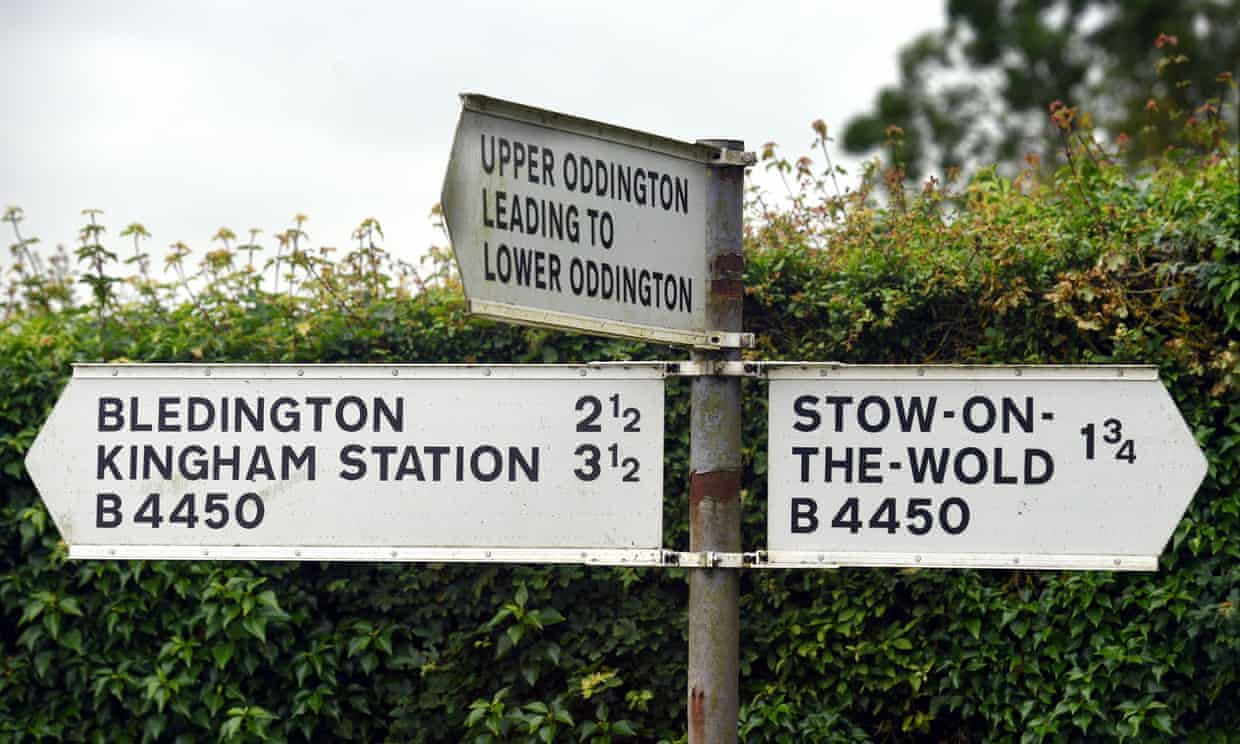The Borgring fortress was discovered using airborne laser technology. It was built during the reign of the Viking king Harald Bluetooth in the 10th century
[Credit: Goodchild et al./Antiquity 2017]
A rare archaeological discovery has brought to light a historic 10th century Viking fortress to the south of Copenhagen.
The Borgring fortress is an incredibly accurate circular shape, measuring about 150 metres in diameter. It is the first of its kind to be found in Denmark for 60 years. The findings are published in a study in the journal Antiquity.
The structure is one of the Trelleborg-type fortresses that have a distinctive overall shape and internal structure. The earthworks, houses and other structures are meticulously arranged within the fortress. They have V-shaped ditches that are precisely circular, with four gates at the four points of the compass.
The Borgring fortress had been tentatively identified in the 1970s, but the technology was lacking then to verify whether it really was a Trelleborg-type fortress, study author Søren Michael Sindbæk of Aarhus University, told IBTimes UK.

